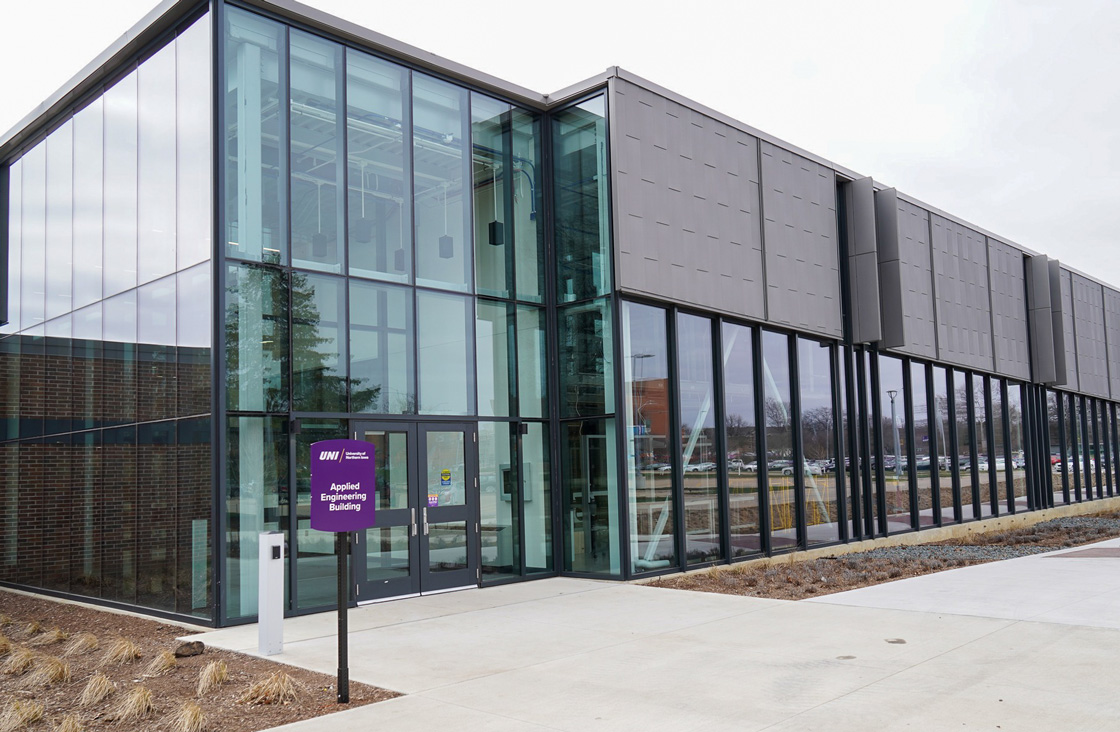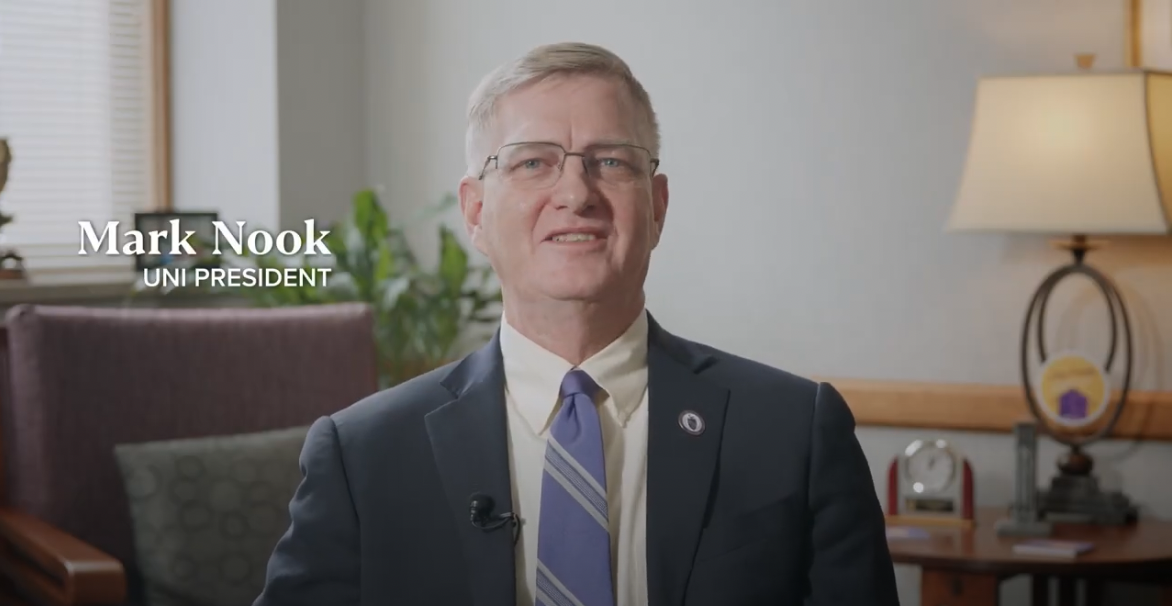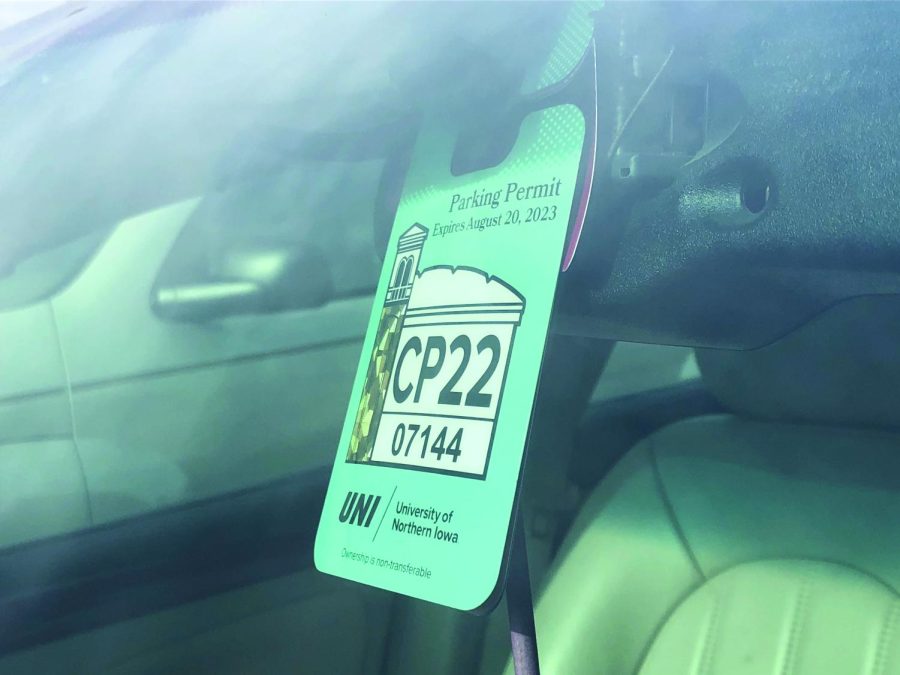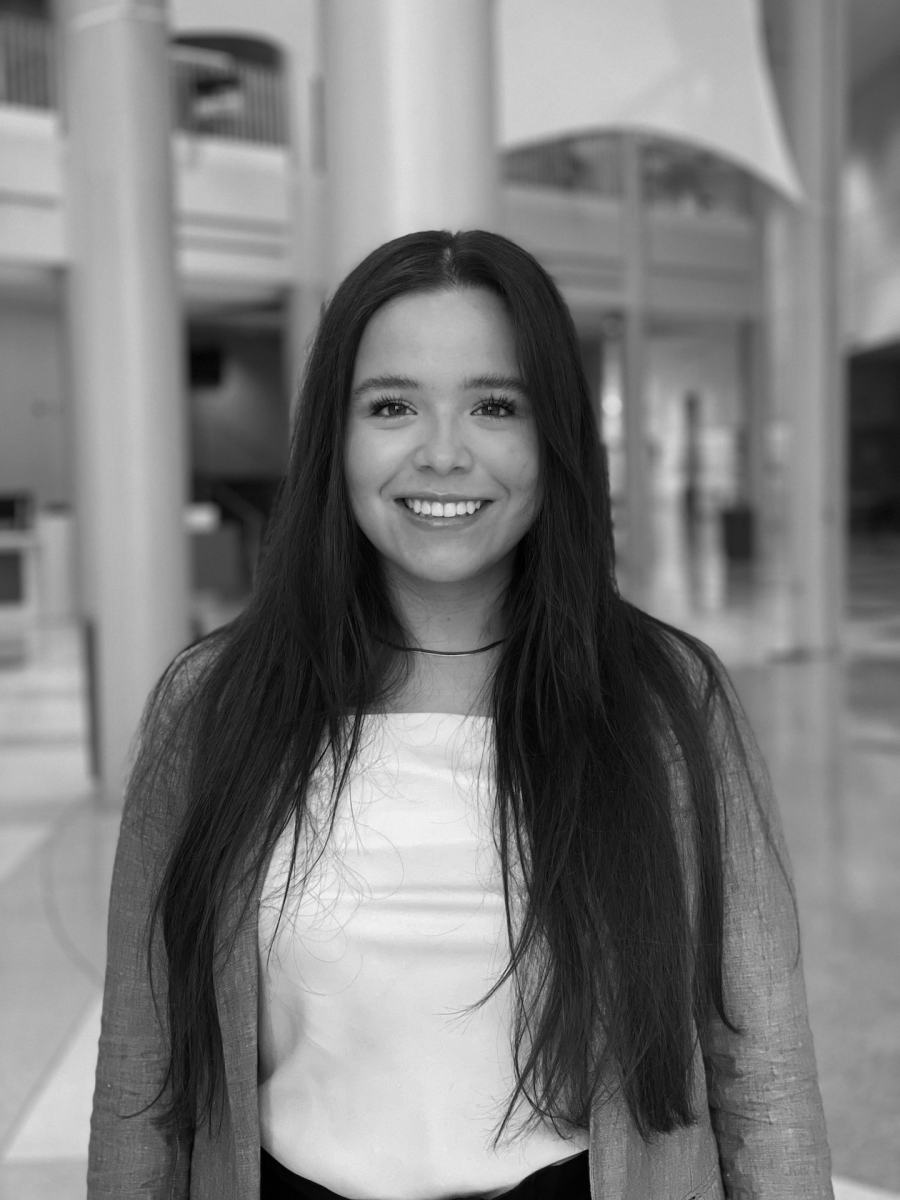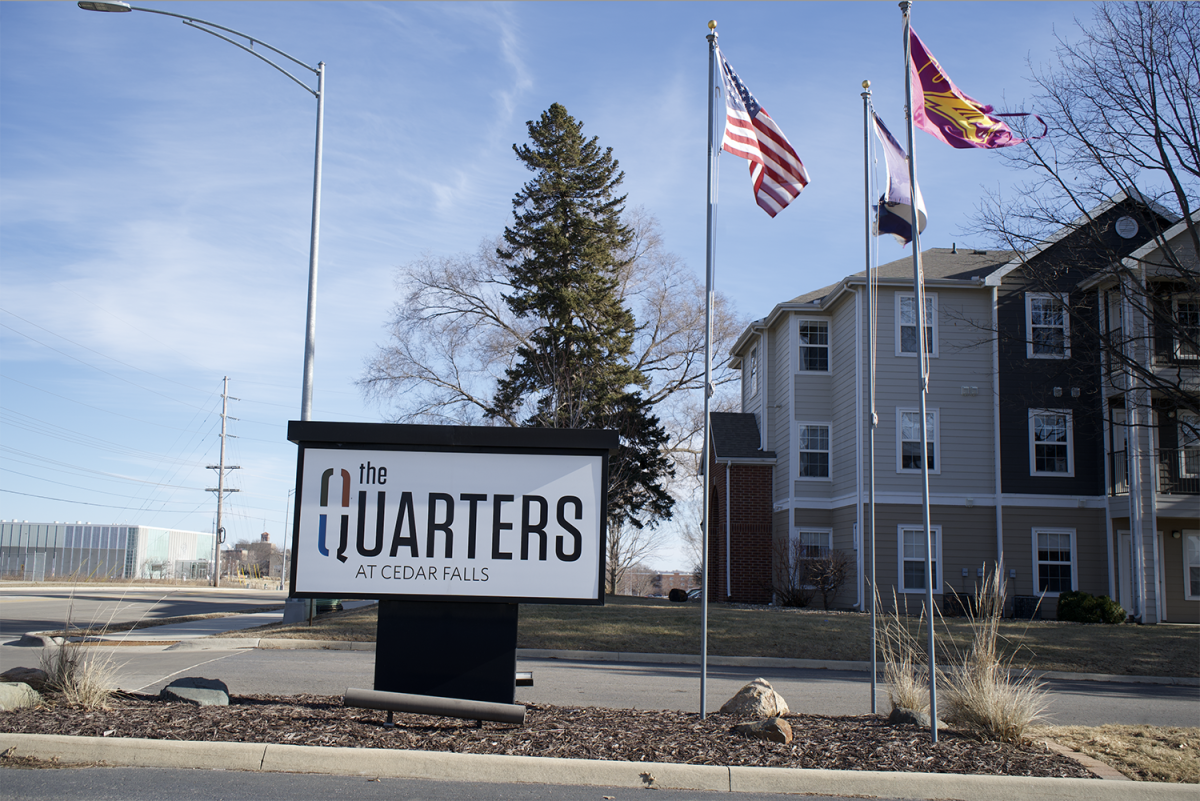Davis Hall swelled with the sound of nine fresh compositions written by UNI students on Tuesday. Students from the School of Music performed the peices.
According to professor Jonathan Schwabe, who teaches theory and composition, most of the performed pieces were “composed this semester, so they are ‘hot off the griddle.’”
Featured composers were Ryan Stevens, Michael Dickerson, Tim Ferry III, Sara Roth, Zachary Mitchell, Tori Ovel, Leah Bonnstetter, Taylor Kobberdahl and Randy Wells.
Ferry, junior composition theory major didn’t see much difficulty in composing his piece.
“It was a lot of different sections were improved and then I would bring [them] together with sections.” Ferry said.
But as easy or difficult as some things look, there are unforeseen things that may or may not go wrong.
“There are always little unforeseen snafus that we encounter. Sometimes they take the shape of problems in the score that have to be fixed. Other times, maybe a performer has to drop-out, or maybe there is a miscalculation regarding an unusual technique that the composer has requested from the performer,” Schwabe said. “A valuable lesson for composers to learn is to be flexible and to resist the temptation to freak out when something unexpected happens.”
The hardest part was deciding how to structure his composition to make it go well with the other parts, said Ferry.
Each concert has plenty of work to go into it. With the composer’s concert, the composers must spend time preparing the score, editing that score for the individual parts, instruments and players, rehearsing and revising.
From the composer’s concert held every semester and the few occasional off-campus shows in Waterloo, Schwabe hopes that the composers learn “craft of composition; you write the piece, rehearse it, collaborate with the performers, hear it in a live context, then try to assess which elements worked and which did not.”
These compositions can sometimes be influenced by ideas or narratives or can be completely new or “absolute” with no influence whatsoever, Schwabe said.
With a wide variety in musical tastes and influences each concert can be made unique.
“Each of these concerts is unique in the range of styles that one hears. One work might be conservative and familiar to our ears while the next may be very new-sounding, sometimes even a bit shocking,” Schwabe said.
Katie Hammond as a junior music technology major related to the composers.
“The best way to know how an audience will react to your composition is if you have an audience to play for,” Hammond said.
The compositions varied in length and type of instruments the compositions were tailored for. Pianos, cellos, violins, violas, saxophones, trumpets, clarinets, flutes and voice were all utilized in the various compositions.
“I hope that the audience finds it compelling and hopefully satisfying to hear new home-grown music,” Schwabe said.



